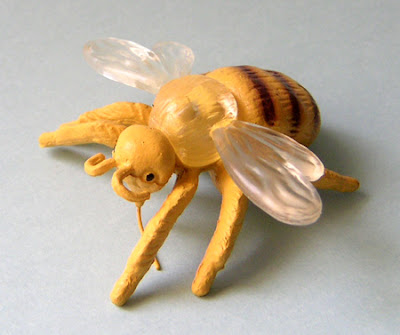As educational as it is fun!
Our Woolly Mammoth Skeleton Model
This realistic-looking woolly mammoth skeleton model is made of strong plastic and is sturdy when assembled. It is 10 inches long and 6 1/2 inches tall. There are about 16 separate pieces, some large, with easy to follow assembly instructions and a diagram. The bones look weathered and connect with one another through pegs or joint sockets. Although most pieces hold together well, it may help to use a little super glue. This miniature woolly mammoth skeleton replica makes a nice display, a gift, or toy for children or adults and could work well for school show-and-tell or as a school science project. Check out our other dinosaur model toys and gifts.
About Woolly Mammoths
The woolly mammoth (Mammuthus primigenius) first roamed the earth 150,000 years ago. The mammoth migrated from Africa northward into Europe, east through the Steppes of Asia, and then into the Arctic. During the Pleistocene Era (Ice Age), when temperatures were so much colder, the woolly mammoth developed thick shaggy hair, special glands to secrete fat to insulate the skin from the cold, and smaller ears and special teeth to grind tundra. The woolly mammoth developed huge curved tusks up to 15 feet long to shovel snow in order to reach tundra and grass below. The woolly mammoth is the most common mammal fossil. Some have been found in Siberia almost completely intact including tissue remnants. It is breathtaking to see the mammoth's skeleton on display in the museum.


































